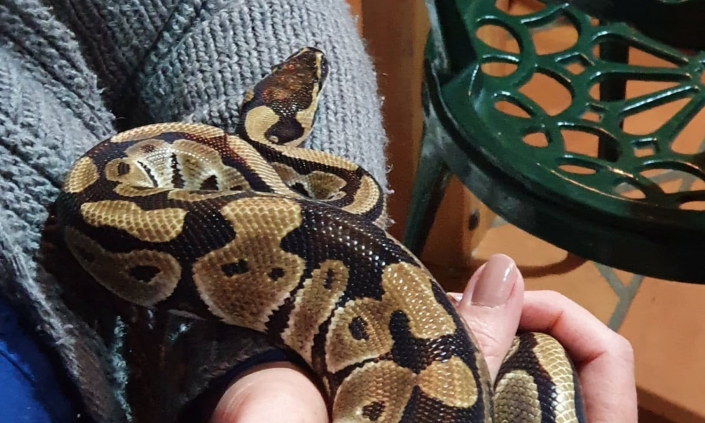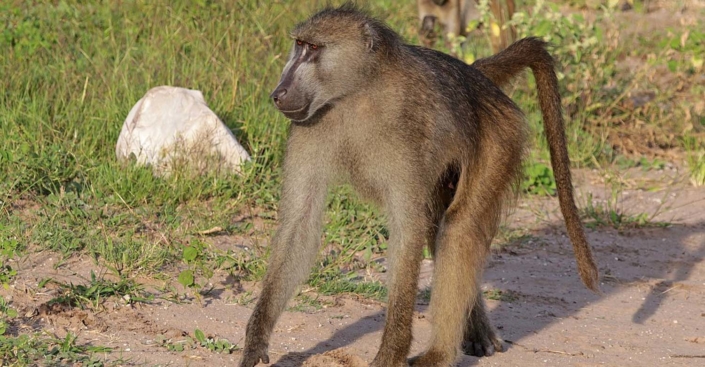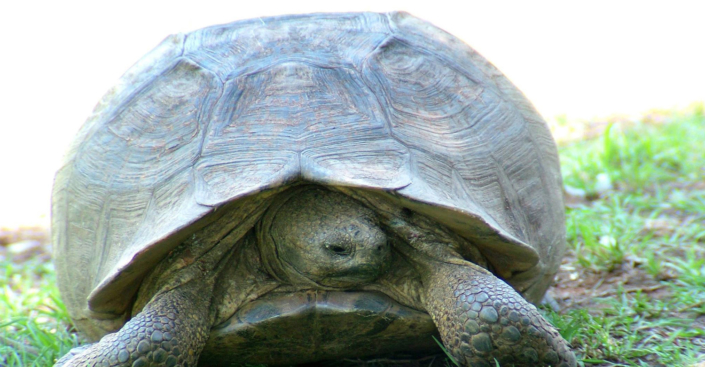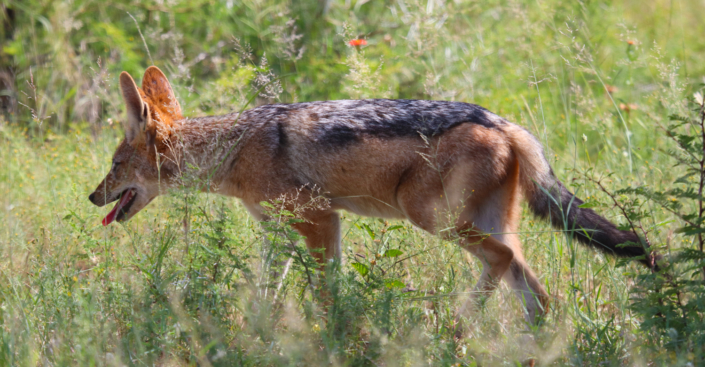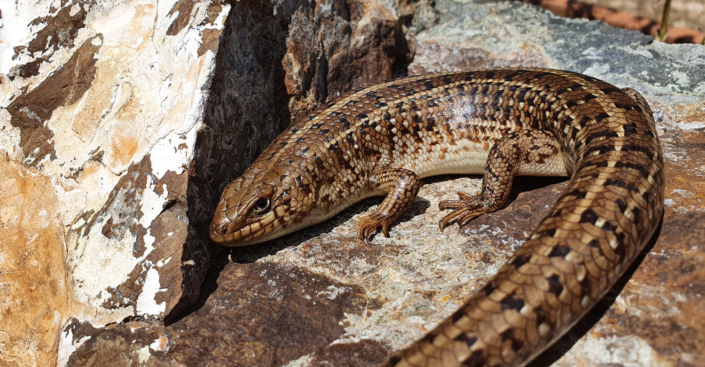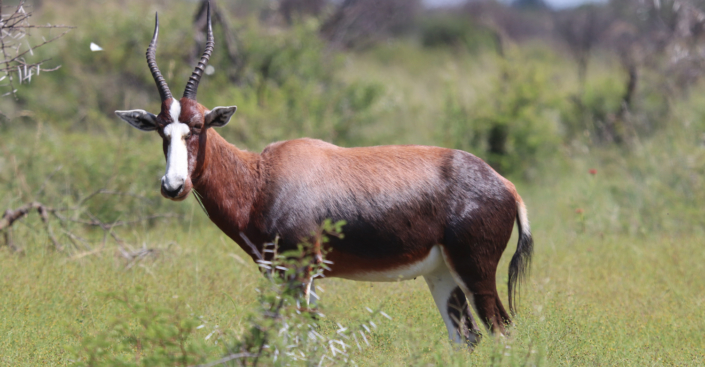CRR Environmental Education School Programme
“If we want children to flourish, to become truly empowered, let us allow them to love the earth before we ask them to save it”
-David Sobel
The Crocodile River Reserve (CRR)
The Crocodile River Reserve is an important natural environment that lies in the biodiversity rich grassland biome. It conserves threatened ecosystems; the critically endangered Egoli Granite Grassland.
The CRR was proclaimed and declared a protected area in 2019 under the National Environmental Management: Protected Areas Act 57 of 2003 (NEM: PAA).
The CRR falls within the UNESCO Magaliesberg Biosphere and is a buffer to the Cradle of Humankind World Heritage site.
The Crocodile River Reserve (CRR)
The Crocodile River Reserve is an important natural environment that lies in the biodiversity rich grassland biome. It conserves threatened ecosystems; the critically endangered Egoli Granite Grassland.
The CRR was proclaimed and declared a protected area in 2019 under the National Environmental Management: Protected Areas Act 57 of 2003 (NEM: PAA).
The CRR falls within the UNESCO Magaliesberg Biosphere and is a buffer to the Cradle of Humankind World Heritage site.
School Programmes We Offer in the CRR
The Primary School Programmes teach children about nature in a fun and interactive way, helping to grow their awareness of all the incredible natural phenomena around them.
The High School Programme encourages the learners to take an interest in nature and teaches them to recognise the vital role the environment plays in the survival of our and all other species through interaction with nature itself. Seeing is believing.
Our in-house and CRR venue school programs also cater for Scouts, Girl Guides, Eco and Nature Clubs, Honorary Rangers and other special groups.





